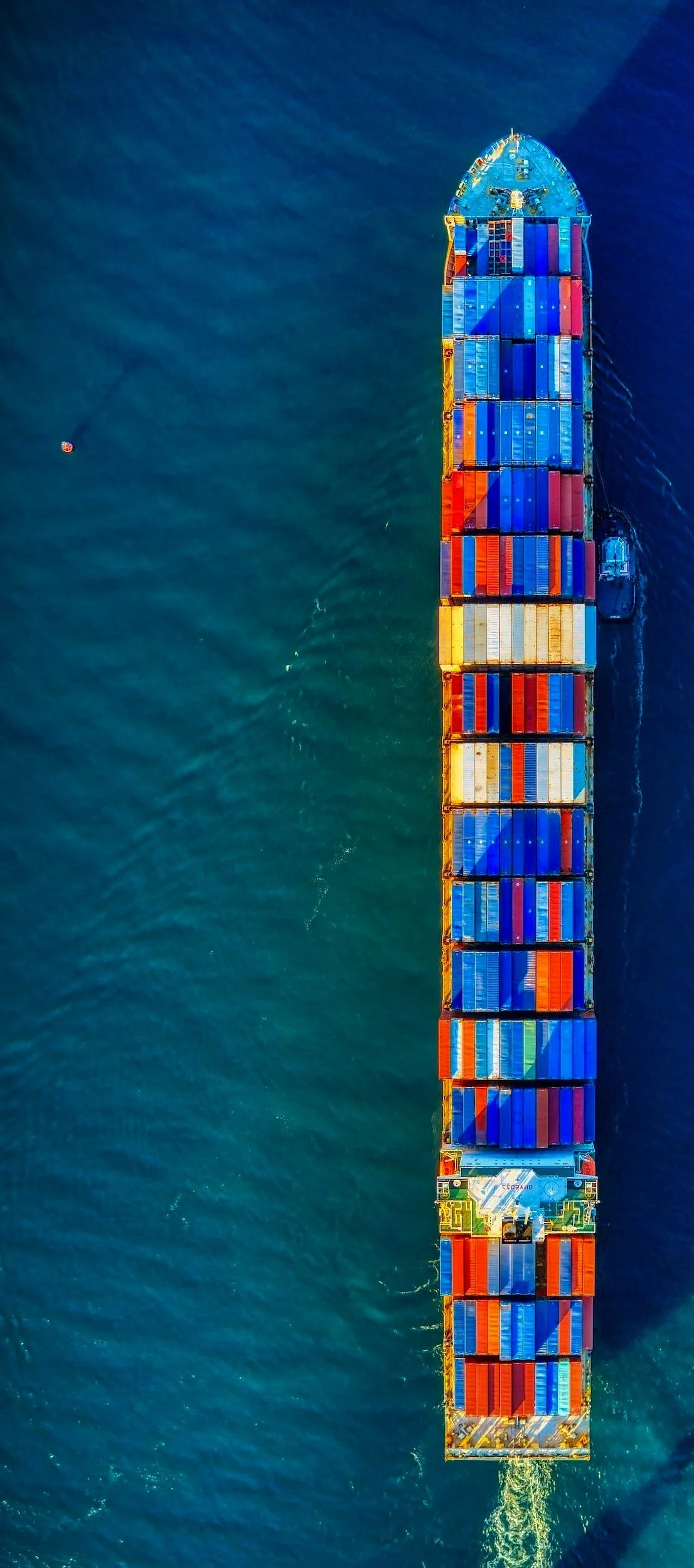
How the Process works
Below I’ve aimed to outline the process of starting from ground zero to actually having a paid-for product ready to import into Australia. Its a process that you must go through before you can involve all the other 3rd parties including freight forwarders, insurance companies, government departments, etc. Due to a distinct lack of guidance in navigating what I found can be a very tedious and difficult process, a number of people give up on pursuing imports. I like to colloquially call this stage ‘factory to free on board’ and its what I’ve managed to streamline for likeminded importers.
The steps involved included:
Identifying a reputable and quality manufacturer (usually takes hours of research if you have no prior relationships)
Procuring the relevant technical drawings to send to the manufacturers engineers (if getting a product custom made)
Taking your first trip across the sea to conduct initial Q&A assessments of the shortlisted manufacturers
Negotiating a purchase price and terms of sale (usually over a 3 hour round table lunch or dinner) so you’d better brush up on those chopstick skills!
Making subsequent trips during manufacturing to make sure no corners are being cut (suppliers can be notorious for saying one thing but then doing the cheapest alternative)
Taking a final trip just before shipping to perform a final Q&A inspection and make sure that what you ordered is what’s actually being put into the container
Arranging within China transport to move your plant/machinery from factory to port
Procuring the relevant import permits, ROVA permits, advisory notices, quarantine declarations and manufacture declaration (to get your plant/machinery across the Australian boarder)
Then and only then can you start to think about freight forwarding, insurances etc …
To reduce both the risk, time and complexity of the highlighted steps, I offer a host of services to assist small business and individuals alike, with bringing in their own plant, spare parts and machinery into Australia.